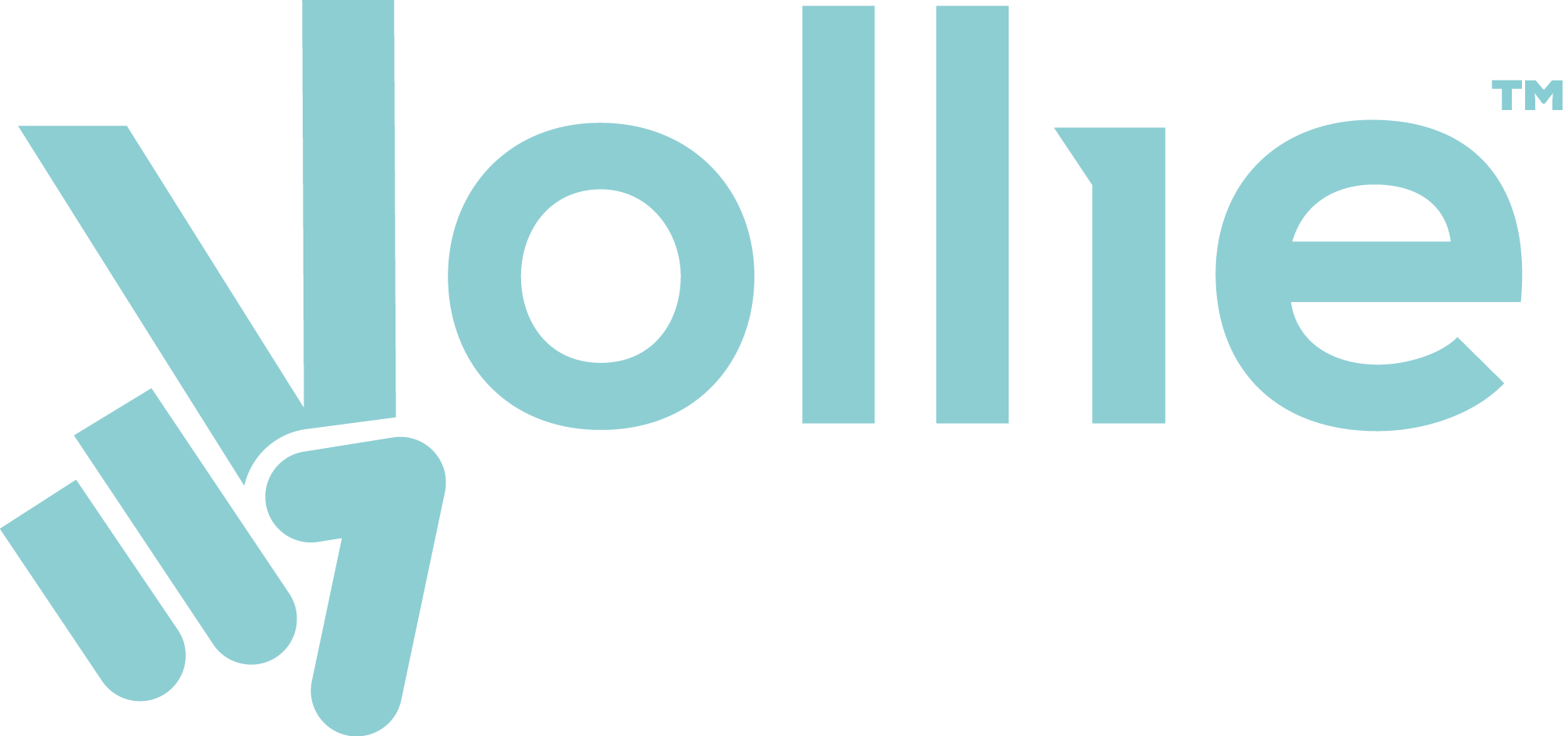Combatting government funding cuts and building your own NFP Social Enterprise
In a market fuelled by “experiences” rather than goods and services, brands are diversifying their offerings to sell consumers something more exciting. Non-profits certainly aren’t being left behind.
“There’s always a place for not-for-profits, they perform work that no private or government organisation will do or will invest in, or doesn’t think is important to invest in,” ruminates Parkinson’s SA CEO Olivia Nassaris, “I think it’s just a case of leadership in not-for-profits becoming more entrepreneurial, becoming more commercially savvy, and leveraging partnerships and collaborations so they can be of mutual benefit.”
Parkinson’s SA works to support all people affected by Parkinson’s, which includes not just the person diagnosed but their families, friends and carers as well. By providing a range of services such as seminars, support and recreational groups, lecture series, free phone and face-to-face counseling, and even mindfulness courses, Olivia explains that the approach is about trying to deal with every aspect of peoples’ journeys with Parkinson’s.
It’s an exciting time for Parkinson’s SA, with new accomplishments and projects looming on the horizon. “We’ve just had our first state-based conference, which was an enormous success,” says Olivia. The conference brought together those affected by the disease with academics, researchers and health professionals from the support community to share the latest in DNA mutation research and technological advancements in assistive care. Also exciting is the birth of their new social enterprise initiative, Brain and Body Fitness Studio – a wellness centre designed for Parkinson’s sufferers to support brain and body wellbeing via neurogenesis.
“Brain and Body Fitness Studio is a new concept; it’s the first of its kind. It’s informed by scientific evidence, so you’re doing exercises and activity that can improve your neuroplasticity,” explains Olivia. The story of what prompted the initiative is less than reassuring for small and medium-sized non-profits, however.
“Parkinson’s SA is preparing ourselves for our government funding, like a lot of other non-profits, to cease in 2020.”
In light of the government investing in major schemes My Aged Care and the National Disability Insurance Scheme, funding for specialized services is either limited or non-existent, and it’s forced Parkinson’s SA to get creative.
“Whilst I support those two schemes, most of our clients fall through the net of both of those anyway, so it’s another argument for actually supporting organisations such as ours who capture people who don’t come under either scheme. To do that, we sat back and thought – what are our strengths? How can we turn that into a social enterprise, which creates a passive income for the organisation?”
Olivia notes that this required some innovative thinking from their team. Elements of their organisation that may have previously been seen as weaknesses were considered in a new light, and were able to be framed as strengths. “We’re not cute fluffy animals, we’re not gorgeous children, we’re older people with a neurodegenerative disease – we found it hard to get support within the charity sector.”
Thus, the idea of a fitness studio tailored to the health needs of Parkinson’s sufferers was born. Incorporating the five elements of neurogenesis – exercise, novelty, nutrition, sleep and human connection – Brain and Body Fitness Studio is able to holistically address the effects of Parkinson’s in a way sufferers may struggle to on their own.
“While someone could probably have an exercise program developed for them to do at home alone, human connection is probably one of the most important parts of the Brain and Body Fitness Studio. From middle age onwards you tend to decrease social interactions and increase social isolation, and that human connection that you can get from going to a welcoming studio which is designed specifically for your age group, encourages people to socialise more and hopefully create friendships and have fun whilst they’re maintaining a good brain and body,” says Olivia.
As a social enterprise, 100% of the studio’s profits go towards Parkinson’s SA. It means that, “Whilst you’re doing something good for yourself, for your brain and body, you’re doing good for the Parkinson’s community of South Australia.”
Is this strategy the future for non-profits?
It’s easier said than done. Olivia notes the importance of finding something that fits in with what your non-profit does – and that while good ideas are important, they don’t mean much unless you can get the funding for them. While Parkinson’s SA started with no money for the project, through spreading the message of their mission they’ve managed to build up an impressive $500,000 in cash or in-kind support for the studio.
The takeaway here is that partnerships are key.
“In this day and age it’s about collaboration,” says Olivia. “We’re collaborating with people we never would have collaborated with before. So, a children’s disability not-for-profit where previously we probably had nothing in common, now have a shared interest with us in commercial assistive technology.”
“You just have to be open to anything that comes across your way, and have those conversations with anyone you can, because I’ve had the most random conversations and had good outcomes and discoveries from them.”

